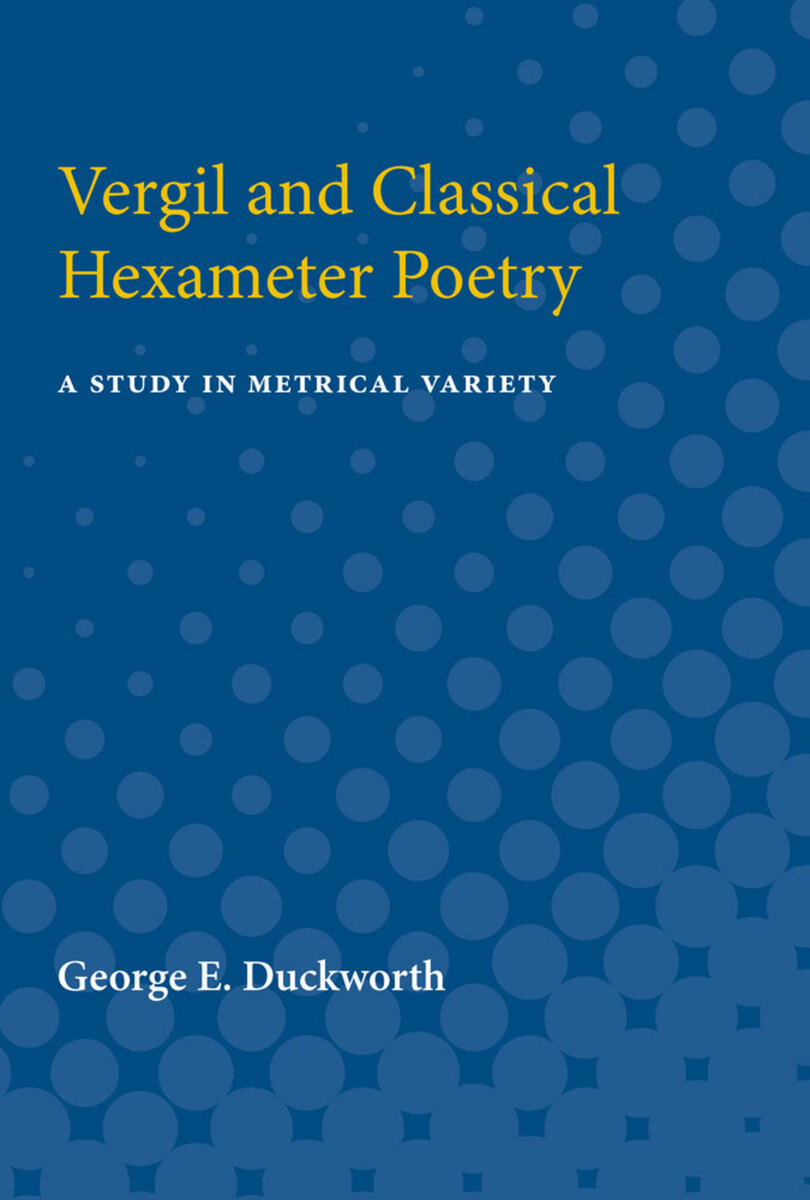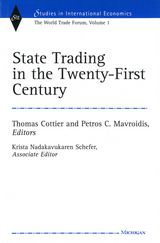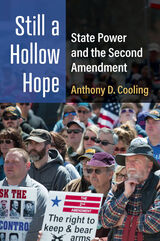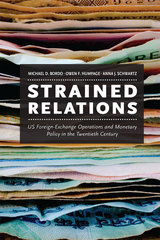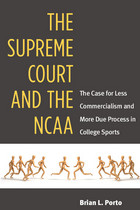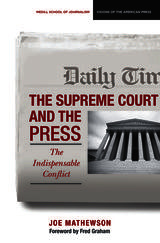Vergil and Classical Hexameter Poetry: A Study in Metrical Variety
University of Michigan Press, 1969
Paper: 978-0-472-75110-5
See other books on: Duckworth, George | Social Science | Study | Vergil
See other titles from University of Michigan Press
Paper: 978-0-472-75110-5
ABOUT THIS BOOK
ABOUT THIS BOOK
Using Vergil's Aeneid as a norm, George E. Duckworth provides an authoritative and comprehensive analysis of the metrics of Vergil and other Latin poets who composed in hexameters—from Ennius to Arator and Corippus, from the second century before Christ to the Age of Justinian.Duckworth begins by describing the various patterns of hexameter poetry and goes on to apply these statistical criteria to poems written over a period of 750 years—thus providing a history as well as an analysis of the genre. The study of metrical variety serves to reveal the influence of earlier poets on later writers and to illuminate successive developments in an individual poet's work. Comparisons support Duckworth's views on the authenticity of works of questionable authorship, and the structural approach aids in the determination of the correct chronology of works written by a specific poet. Also included are juxtapositions of Latin poets with selected Greek hexameter poets—Ennius with Homer, Catullus with Callimachus and Apollonius of Rhodes, the later Roman poets with Quintus of Smyrna and Nonnus.Like his earlier work on the structures of the Aeneid, Duckworth's new book provides material on which to base a heightened appreciation of the genius of Vergil and other Latin poets.
See other books on: Duckworth, George | Social Science | Study | Vergil
See other titles from University of Michigan Press
